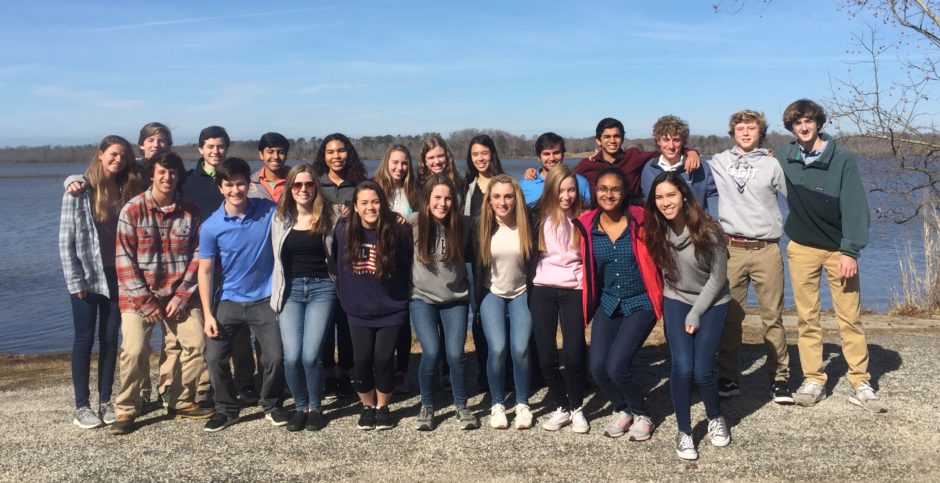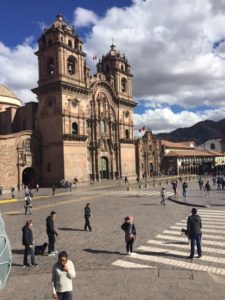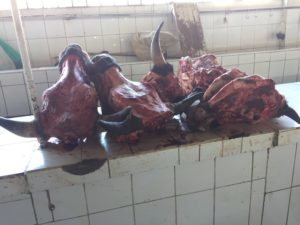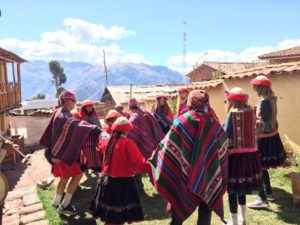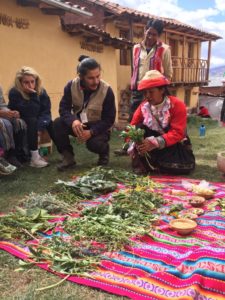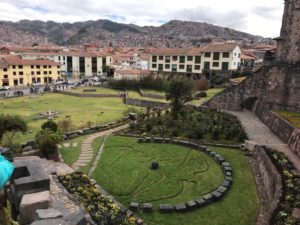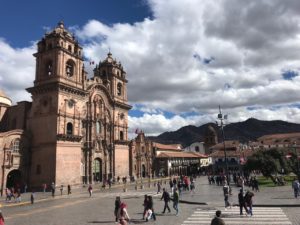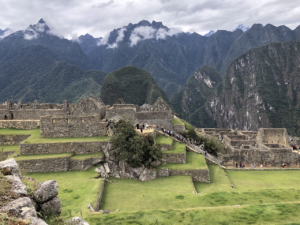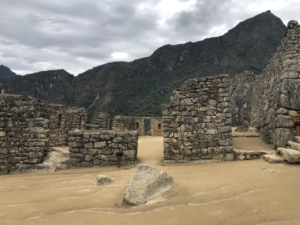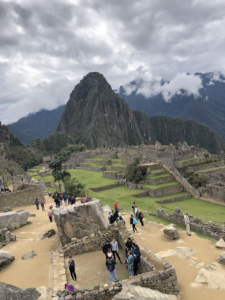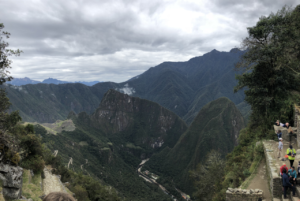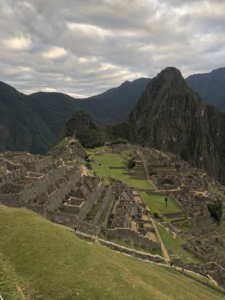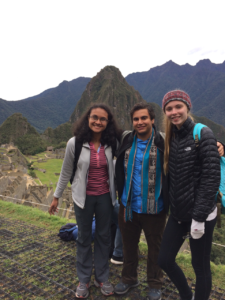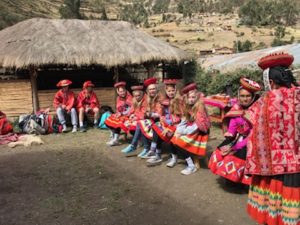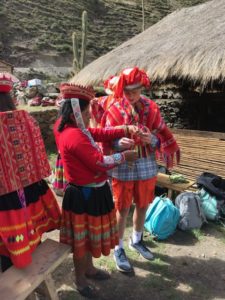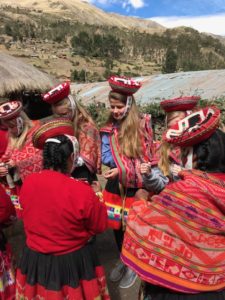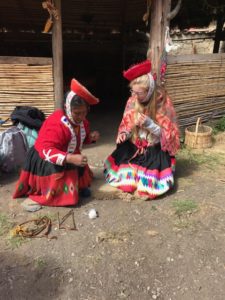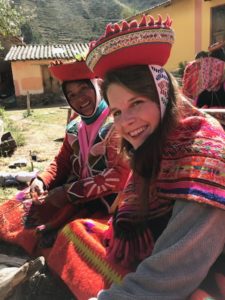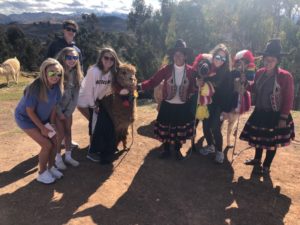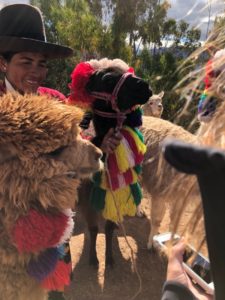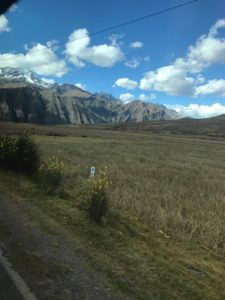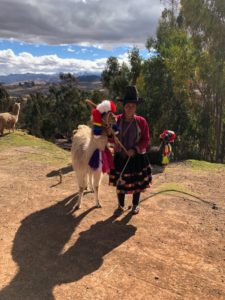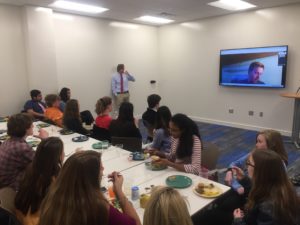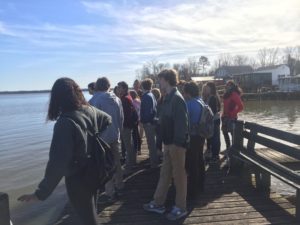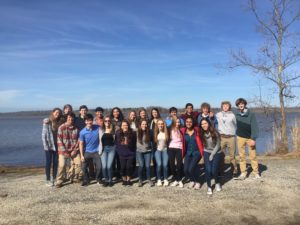To preface our first blog post of 2021, the Global Affairs Fellows will bring back the Fellows blog to keep tabs on what we’re doing throughout this year and written by a rotating rota of all Global Affairs Fellows.
The Global Affairs Fellows began the week meeting with all the fellows together for a discussion led by Fellows director Mr. Whetmore. He talked about being a committed and compelled Fellow, driven by the goals of our programs rather than passively completing the activities. More than that, we discussed the possibility of, and hope for, greater cooperation between the Fellows.
In our meetings, the junior Fellows continued their discussion of human rights, discussing what constitutes a right and what rights must be the priority to preserve. As always, a lively debate ensued, encapsulating the many different perspectives within our program. The seniors and sophomores also enjoyed discussion and debate in their cohorts with their projects.
To cap out the week, starting a project that will continue next week and throughout the year, the Fellows found a global issue – one that encompassed a global affairs issue, naturally – to research and summarize for the benefit of the Fellows as a whole. That’s always a useful activity to keep in touch with what’s going on globally, and tied in with the projects of the cohorts as well.
In upcoming week, you’ll hear from the rest of the Fellows about how these projects go and what the program is doing. We’re very excited to share this with you, and equally excited for future activities of the Global Affairs Fellows.
~ Owen Johnson ’23
